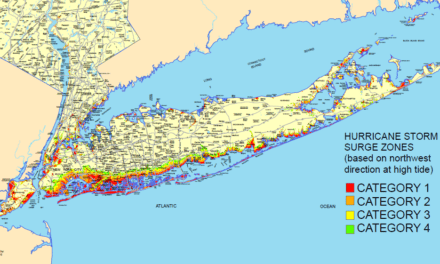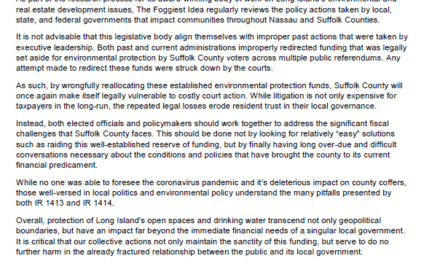Long Islanders used to get things accomplished. We built F-14 Tomcat’s that roared across the skies of Calverton, we discovered DNA in Cold Spring Harbor, and we invented the MRI at Stony Brook. These days, Long Islanders are known more for our high taxes and serial killers than our many historic accomplishments. This has to change. We, as the public, must become more engaged with our home.
As a young professional on the Island, I find it disconcerting how many of my contemporaries are disengaged with policy on Long Island. It’s not a sleek, sexy or fun topic, but policy is an important arena that permeates through all 2.7 million people who live on Long Island. Policy directly impacts the water we drink, taxes we owe, stores we frequent and quality of life. Sound land use plans shape our landscape for decades. The decisions being made now will directly impact each and every one of you for most of your adult life. The end result of my generation’s complacency is that the important decisions that I’ve outlined above are now being made by stakeholders, civics and policymakers who are detached from us. While some have good intentions, policies are being crafted by an older generation that basically will outline where live and work.
For example, the Town of Brookhaven recently voted to approve a measure that will plan two community planning sessions in the next months, in an effort to save the Carmans River, and create a much needed multifamily housing code. In the end of a long, arduous dog and pony show, the Town essentially voted to plan a meeting, where the “community” can plan. Planning to plan is not true planning. Planning is the process in which goals are set, data is collected, and the best approach is chosen to reach those goals.
Supporters of this approach tout this as an exercise in “Community-Based” planning. I say they are half correct, and challenge policymakers in the Town to take it a step further. Instead of actively engaging civics, who are so engrained in the development process that they themselves just as much insiders that they vehemently oppose, why not engage citizens from across the board, across a variety of age groups? Honestly, I am tired of being the youngest person in the various meetings, and I am 25. Why not craft land use policies that will support those not only in the 55-64 demographic, but 18-25 as well? It is almost comical to hear person after person speaking about “housing for our fleeing youth” and the “need to stop the brain drain”, yet none of my generation are actually there to say what type of housing we want, or why they are choosing to leave the Island.
It is the job of government to conduct planning studies, with full participation by the public. By “public”, I do not mean the same citizens who participate in the process time and time again, but rather, a wider, more accurate representation of the community. Villages, Towns and the Counties on Long Island should visit colleges, universities, solicit households and consistently interface with its constituents, asking them what they would like to see in their community, and how land use policies should be made. The findings of such a study should be made approachable to the public, and serve as an input to the Planners, who then will use an on the ground inventory to create an assessment of what is surplus and needed in the community. The end result should be a plan that is both implementable by government and created by the people. This is not a hopeful and whimsical request, but a throwback to the way planning used to be conducted, back when planning to plan was unnecessary.













